QuestionHELP! my betta had been fine all day and i had been feeding him I usually feed him when i wake up Between 7-9 in the morning then i feed him every night usually around 7. Sometimes 8-9 but i went to feed him at 9:06 and he was stuck between a fake plant and the glass i moved it then he was free but he started swimming real wierd. Like upside down regular and Doing loops and flips at first i thought he was happy but then he went in this little plastic cave i bought him and hasnt moved since. I she dead or what? The temp is 82 and he lives alone and it is 2 gallons.
AnswerColin,
Well, I'm not sure if he's dead or not. Try moving the tank or the cave to see if he comes out. If not
(and he's not breathing), he's passed on.
Now, as for the cause? It could be many things. He could have developed a sever case of Swim Bladder Disease or many numerous other diseases. However, with the irregular swimming it sounds like a case of Swim Bladder disease.
People have debated for years over the cause of swim bladder disease. It is pretty well established now that a number of things can cause swim bladder disease. Some of the things which have been suggested are:
1. A virus. The virus attacks the epithelium of the sac and inflammation occurs which makes the epithelium too thick for gases to diffuse across. Thus the fish is stuck at a certain buoyancy because gases have nowhere to go. This may be more of a factor in non-goldfish species.
2. A bacterium. There is little evidence to support this, but it's widely known that bacterial infections can cause the same kind of thickening of the swim bladder epithelium as viruses.
3. Anatomy. Globoid-shaped fish like ornamental goldfish are predisposed to problems with the swim bladder because their guts are all squashed up in their abdomen. This arrangement predisposes to food impactions, which in turn clog up the pneumocystic duct.
4. Diet. Feeding dry foods which tend to take on water like a sponge and expand in the fish predispose to food impactions. See # 2 above.
What can I do to prevent swim bladder disease?
1. As always, the golden rule of fish disease is WATER QUALITY. If swim bladder disease does have an infectious cause, your fish will be better able to resist this infection (and others) if your water quality is good. Regular water changes and water testing are a must.
2. Pre-soak your flake or pelleted food. This will allow expansion to occur prior to the fish eating it, and will lessen the chance of impaction.
3. Even better, switch to a gel-based food or other food source, i.e. frozen or live food.
What can I do to treat it?
(Note: Some of this stuff is pretty far out, but effective.)
1. Feed your fish a couple of peas. That's right, peas. Just get some frozen peas, thaw them, and feed them to your fish. A professor of fish medicine at N.C. State College of Veterinary Medicine has done this in several cases with very good results. He thinks that the peas somehow encourage destruction of the impaction. No hard scientific data yet, but it's worth a try.
2. Fast your fish for a couple of days. Withhold all food for three or four days, and sometimes this alone will break up the impaction and return things to normal. Most fish can go a week to ten days without food and be just fine.
3. Periodic aspiration of the swim bladder works very well. Basically, you stick a needle in the swim bladder and suck out some of the air. Not something to be entered into lightly, but does work well. This is not a cure, but a successful treatment. The head veterinarian at the Baltimore Aquarium prefers this method.
4. Partial pneumocystectomy. This is another word for surgical removal of part of the swim bladder. I mention this less as a practical option but more just to let people know that there are vets out there doing X-rays, surgery, general anesthesia, even cancer chemotherapy on fish.

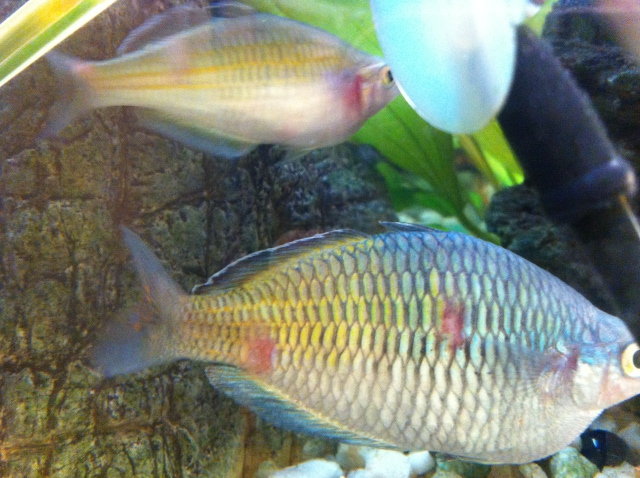 Columnaris/Costia?
QuestionBosmani with bumps
Scales missing
Columnaris/Costia?
QuestionBosmani with bumps
Scales missing
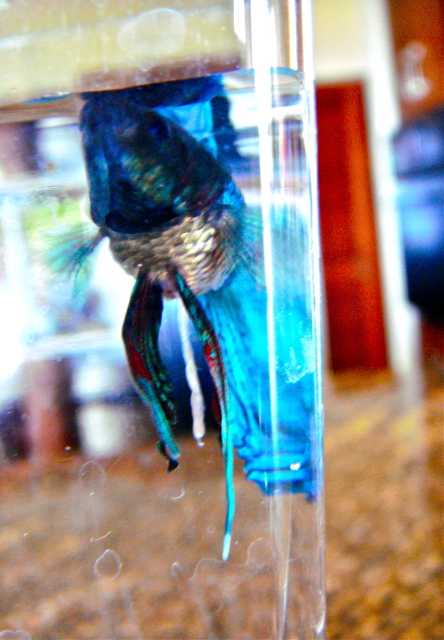 Sick Siamese Fighting Fish
Question
Hi. I have a male Siamese Fighting Fish
Sick Siamese Fighting Fish
Question
Hi. I have a male Siamese Fighting Fish
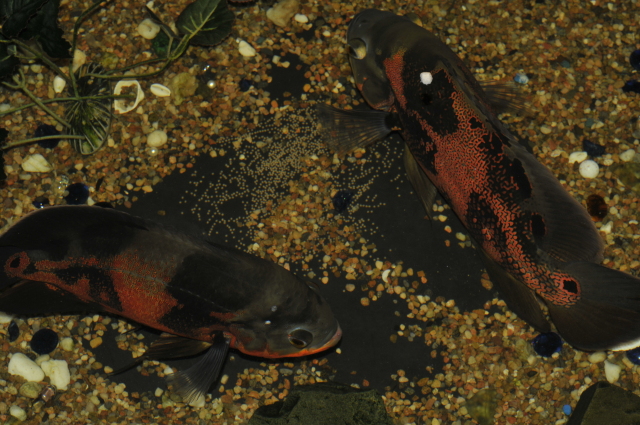 oscars breeding and egg laying
Question
Oz & Hobbs +
i have two african cichlids,
oscars breeding and egg laying
Question
Oz & Hobbs +
i have two african cichlids,
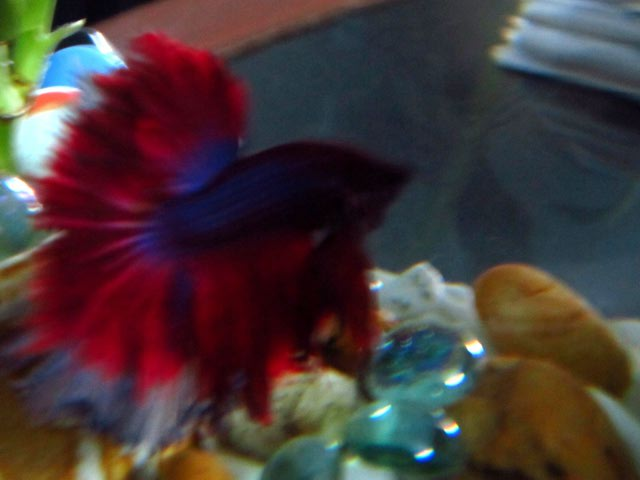 Taking Bettas 36 hrs in train
QuestionQUESTION: Dear Jaymie,
Im from India- in the so
Taking Bettas 36 hrs in train
QuestionQUESTION: Dear Jaymie,
Im from India- in the so
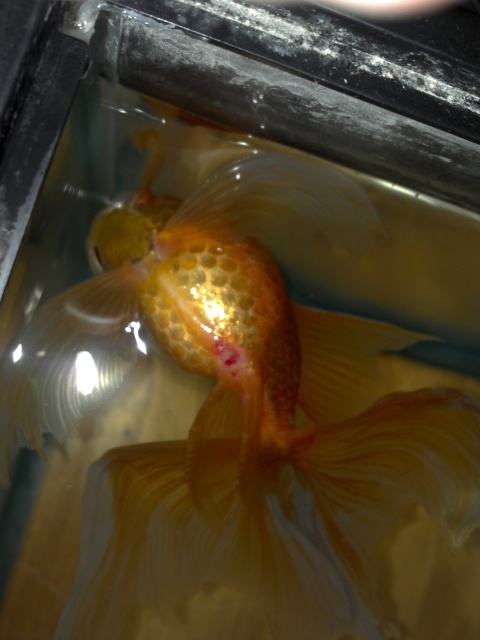 goldfish floating upside down...help please!
QuestionShirley1
QUESTION: My daughters goldfish
goldfish floating upside down...help please!
QuestionShirley1
QUESTION: My daughters goldfish